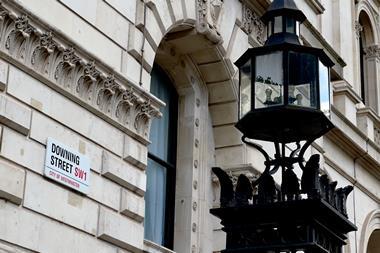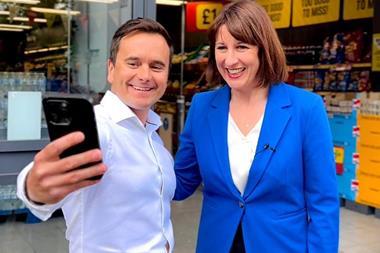
Retail and consumer goods businesses across Europe are now under higher levels of distress than they faced during the 2009 financial crisis, Weil data has revealed.
Retail – alongside the financial sector – was one of only two sectors to report higher distress levels in legal firm Weil’s European Distress Index (WEDI). Weak demand, fragile confidence and continued disruption from US tariffs have continued to weigh on performance.
Retail remains the most distressed sector in Europe, after distress levels soared in Q1 2025.
“Across Europe, distress remains elevated as businesses continue to face higher costs and subdued demand against an uncertain global backdrop,” said Weil’s co-head of restructuring, Neil Devaney.
“Many are having to contend with slower trade flows, tighter access to finance and the pace of technological change, which together are reshaping competitiveness across industries.
“The impact is being felt from industrial production to consumer markets, where confidence remains weak and recovery patchy. While there are some signs that conditions are beginning to stabilise, the outlook for the year ahead remains fragile.”
Measured in terms of falling profitability and valuations, insolvency risk, cashflow problems and reduced turn on investment, business distress has actually fallen in the UK compared with Q1 2025. France has now taken the UK’s place as Europe’s second-most distressed economy, behind Germany.
While the UK beat expectations to grow 0.3% in Q2, spending growth was still below Q1’s level of 0.7%. Consumer confidence has likewise slipped, falling to –19 in September 2025 from –17 in August as all five measures of confidence deteriorated.
Part of the UK’s lacklustre performance can be attributed to nerves over the coming autumn budget, according to Devaney, as speculation over a £50bn fiscal gap leaves businesses and consumers speculating over further tax rises.
“As the autumn budget approaches, ongoing speculation around potential fiscal measures has added to the uncertainty facing UK businesses,” Devaney said.
“Many are adopting a cautious stance, deferring key decisions until there is greater clarity on tax and spending policy. With liquidity tight and demand still subdued, that uncertainty is continuing to weigh on confidence, particularly across consumer-facing sectors.”



















No comments yet